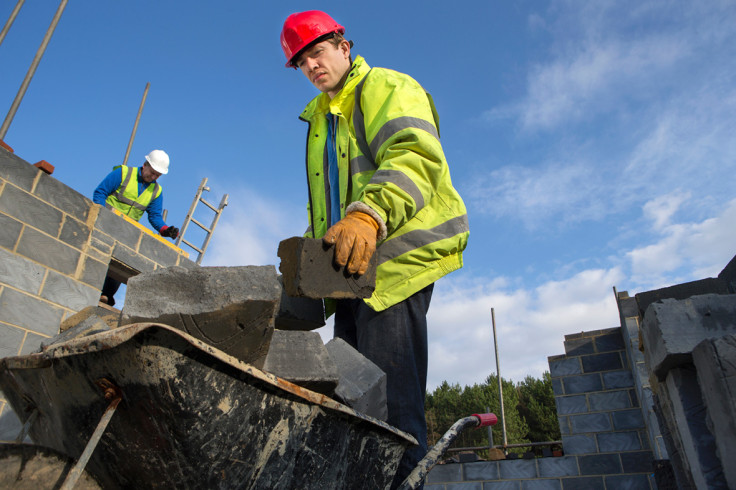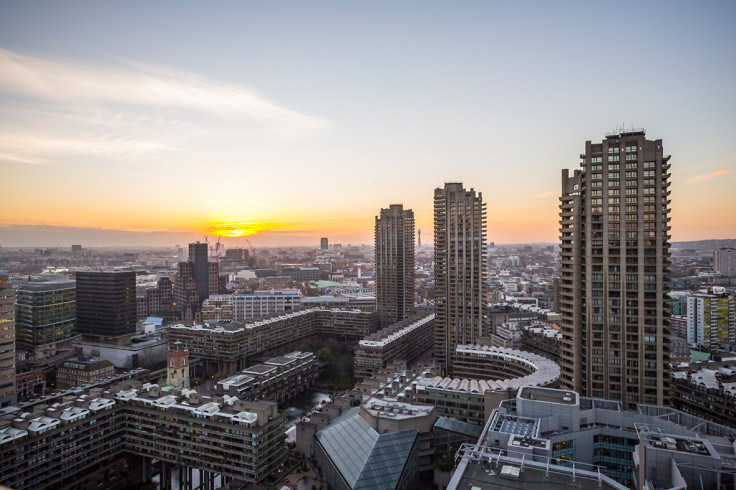London rents crisis: We must steamroll over the greenbelt nimbys to get more houses built

"When you are tired of London you are tired of life" suggested 18th century English writer Samuel Johnson, who lived just off Fleet Street in a rented townhouse. Try renting anywhere in London these days, never mind EC1, and you will soon tire of life.
London rents are naturally going to be more expensive than in other cities. It is a unique and wonderful place to live: a bursting metropolis full of people and culture and history from all over the planet. People want to live here. Lots of them. It has its social problems, sure. Where doesn't?
But there is nothing natural about the scale of the increases in London's rents and the housing market's mutations because of it.
For a week, IBTimes UK has highlighted some of these mutations. The explosion of property guardianship; the rise of adults sharing bedrooms; more house boats on London's waterways than ever before; the seedy men trying to exploit the crisis for their own sexual gratification by offering 'free' rent.
Flipboard magazine: London's rents crisis series in full
There are, of course, many other facets to this. Decent homes left empty because they need refurbishing; beds in sheds; the exodus of social housing tenants who are forced out of London by benefit cuts; students burdened with even more debt just to pay to live where they study; and everything else in between. We plan to explore some of these in due course.
As you will see from our infographic on the London rents crisis, the median rent for all property types is £1,350, having risen by over 25% since 2011. London's popularity and a growing population are sending demand for property spiralling. So what about the supply side?
We are building homes at around half the level London needs to meet demand, and there is already a serious shortage. According to data from the Mayor of London's Office, the number of new housing starts in the English capital was 21,370 in the year up to March 2015. Just 5,610 of those were classified as "affordable". Yet the number of new homes London needs every year is estimated to be 42,000. And with a worsening supply deficit, that number will keep on going up.
So the answer to the crisis is obvious: build more houses in London. But how? It depends on your politics. There is no single way to do this.

Perhaps the answer lies partly in lifting the borrowing cap on local councils so they can fund more social housing, though the chancellor – conscious of getting the public debt down – is hostile to this. Land in London is expensive and councils are facing budget cuts. Moreover, critics of subsidised housing argue that if there was a better property market in the first place, it wouldn't need to be subsidised. But more low-rent, council-owned social housing may be a way of reducing the taxpayer's housing benefit bill without having to cut payments.
Then there is the planning regime. For years, local planners and councils have been hostile to change in London. They don't want more skyscrapers or tower blocks. If you can't go up, however, then you have to sprawl out. Only that's not possible for London, because of a dogmatic and misguided attitude towards the greenbelt, which strangles the city. Tough greenbelt rules and a powerful nimby lobby – wealthy people trying to increase the value of their own homes at the expense of everyone else – prevent houses being built. But the greenbelt isn't just woodland and rolling hillsides, as it is perceived.
"The first step in re-evaluation might be to classify greenbelt land into the different types that comprise it," wrote Dr Madsen Pirie of the Adam Smith Institute think tank back in March.
"There is genuinely green land, the fields and woods that everyone likes. There is damaged or brownfield land, partly made up of abandoned buildings, gravel pits and the like. And there is farmland, much of which is not environmentally friendly."
An earlier report by the Adam Smith Institute said that one million homes could be built within walking distance from a station on just 3.7% of the green belt land surrounding the city.

So we must, as Pirie suggests, re-evaluate our perceptions of the greenbelt. And the same goes for London's skyline. It has changed before and it will change again. The street-level character of an area will not necessarily be affected by a tower block. We still enjoy what's left of the old City of London, from the Tower to the end of the Strand, despite the Barbican, Fenchurch Street, Bishopsgate, and all the rest of it.
The irony of the anti-towers lobby is that they actually put more of London's architectural heritage at risk. More homes will have to be built, but if people cannot be housed densely in towers then the smaller – and probably older – buildings will have to be demolished to make way for low-rise homes instead.
People matter more than rubbish farmland and empty areas of sky. And the people of London are suffering because of a lack of housing. What's needed is the political will from a radical central government and City Hall to steamroller the various vested interests holding back the construction of new homes. This may not be easy. But it is necessary.
© Copyright IBTimes 2025. All rights reserved.





















